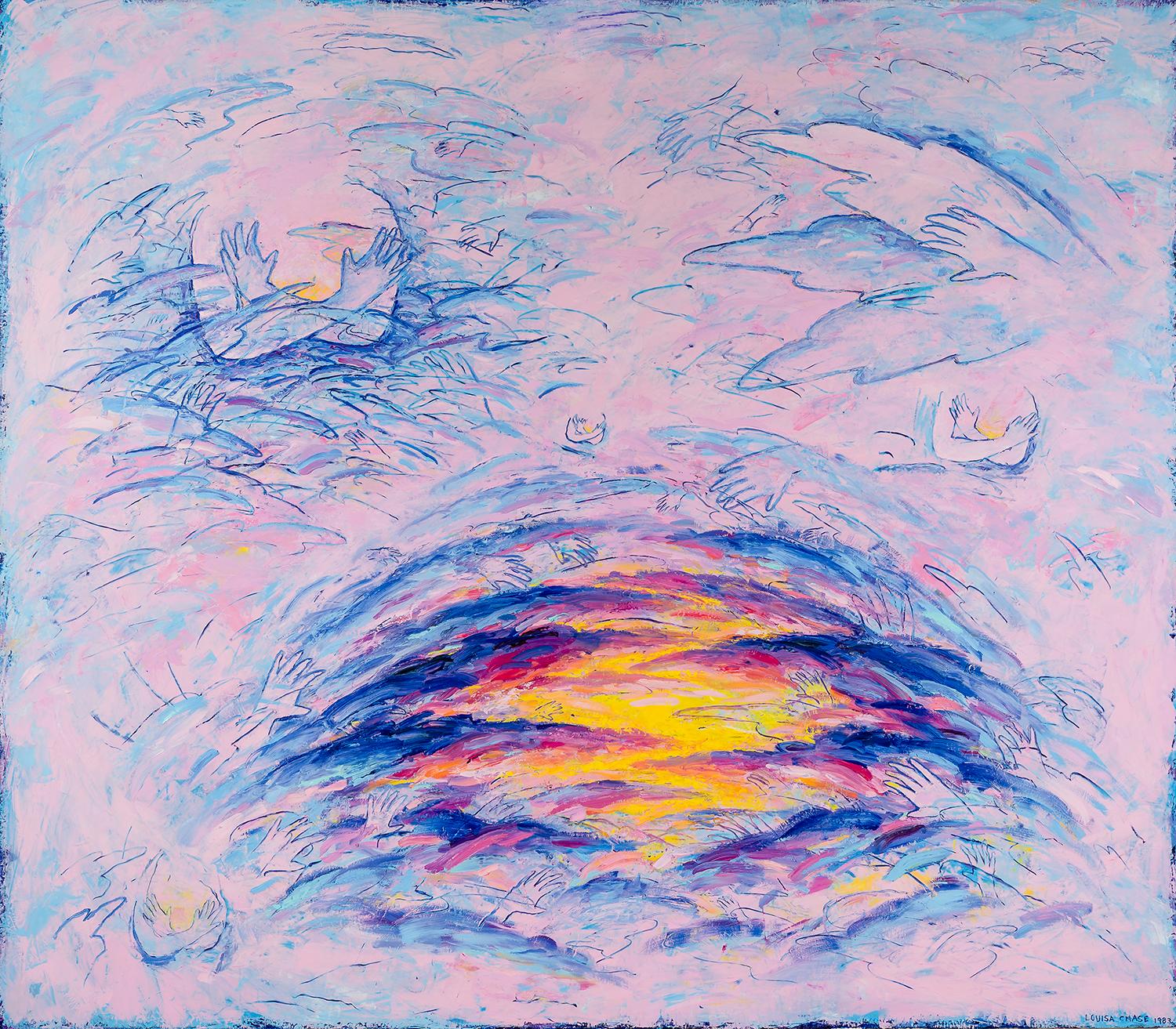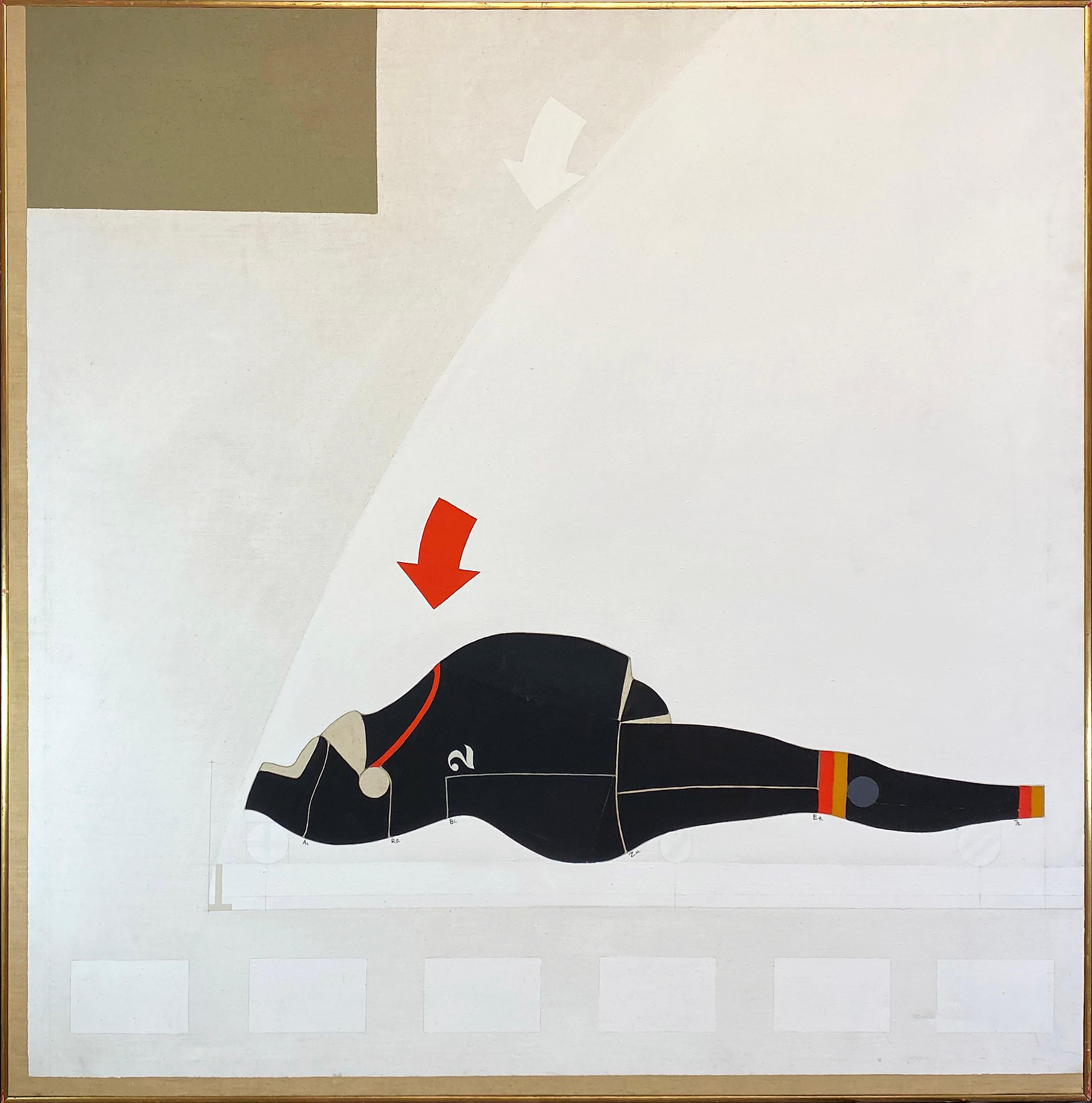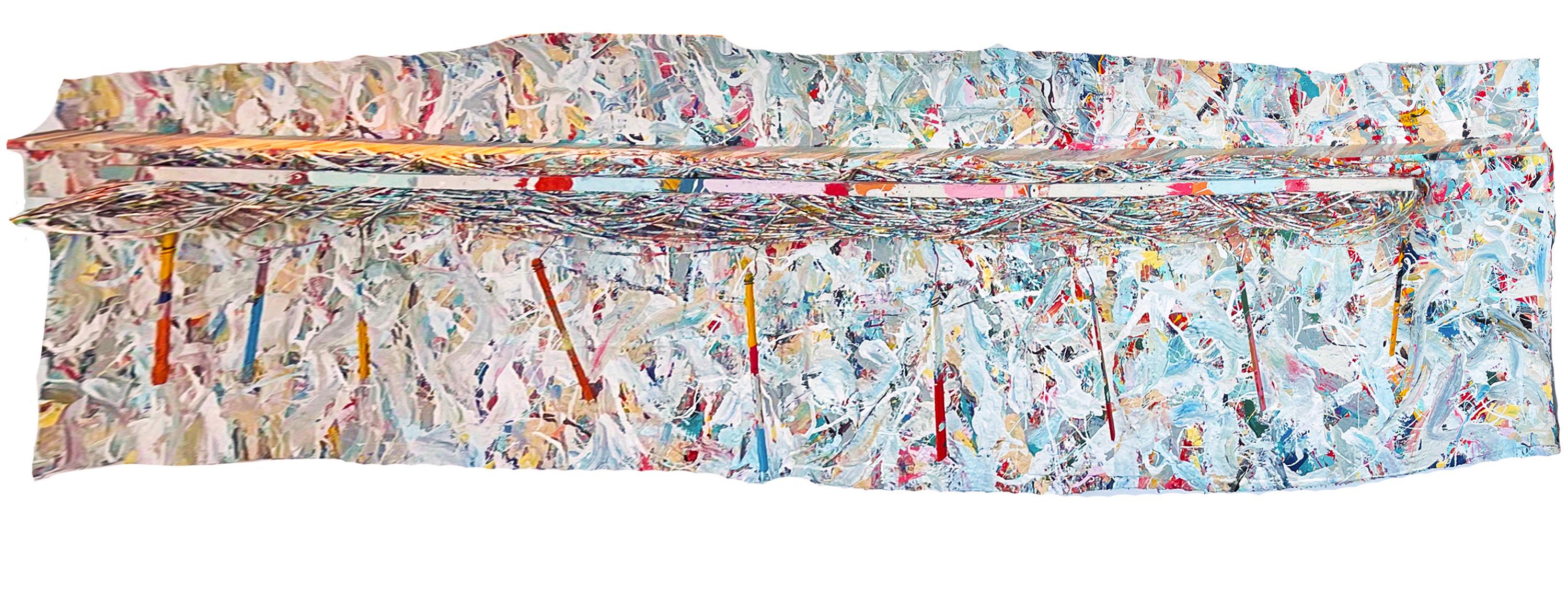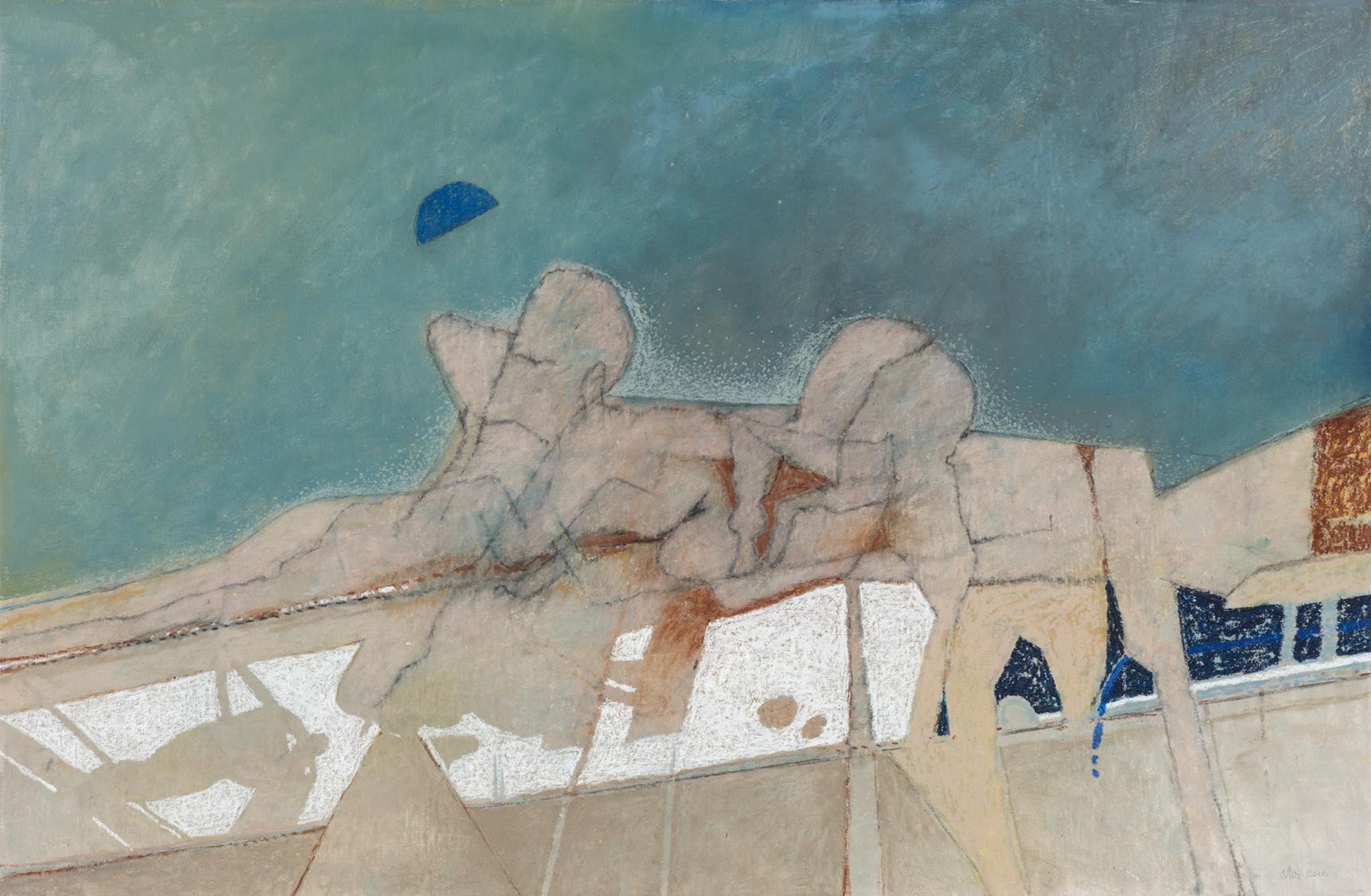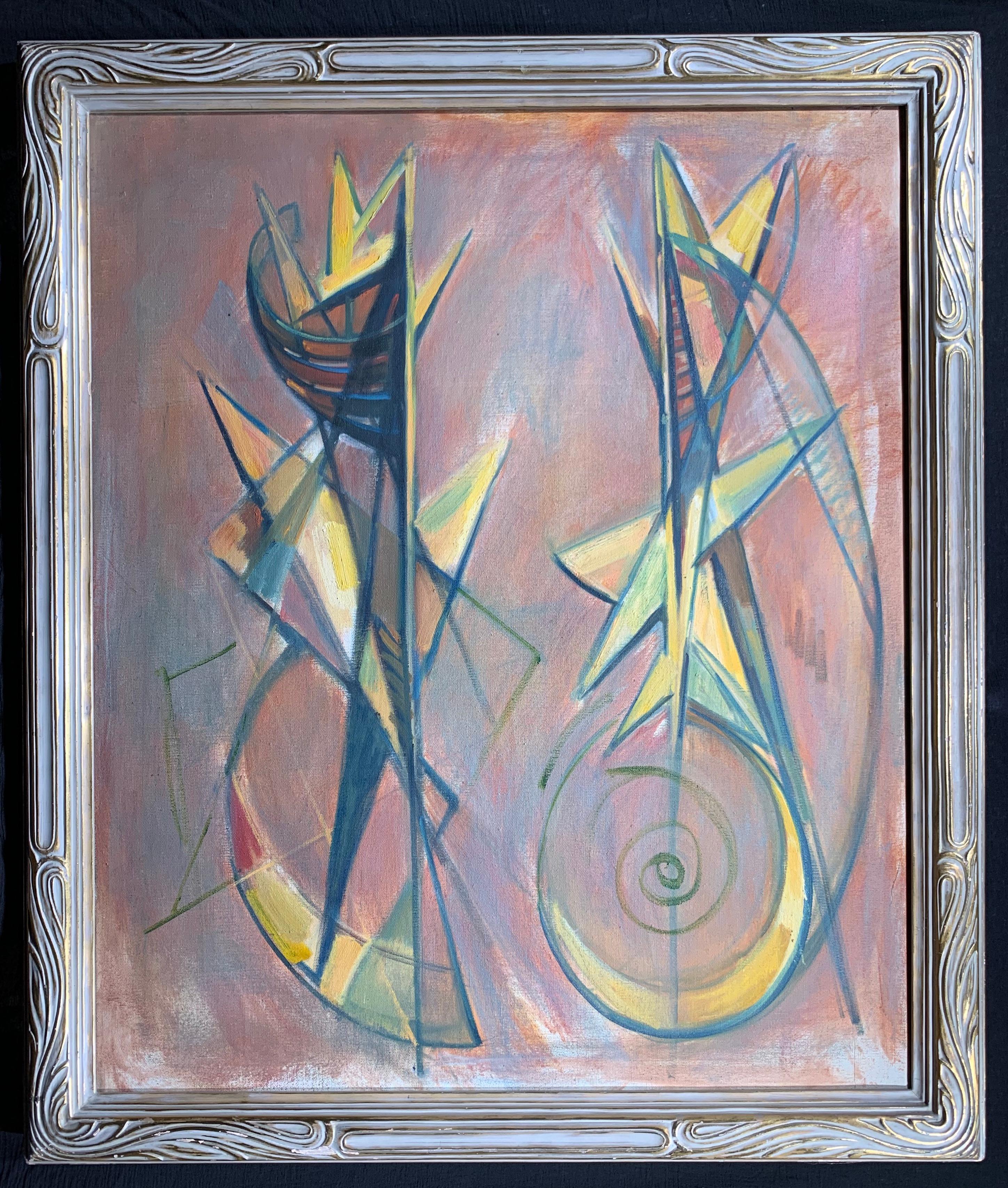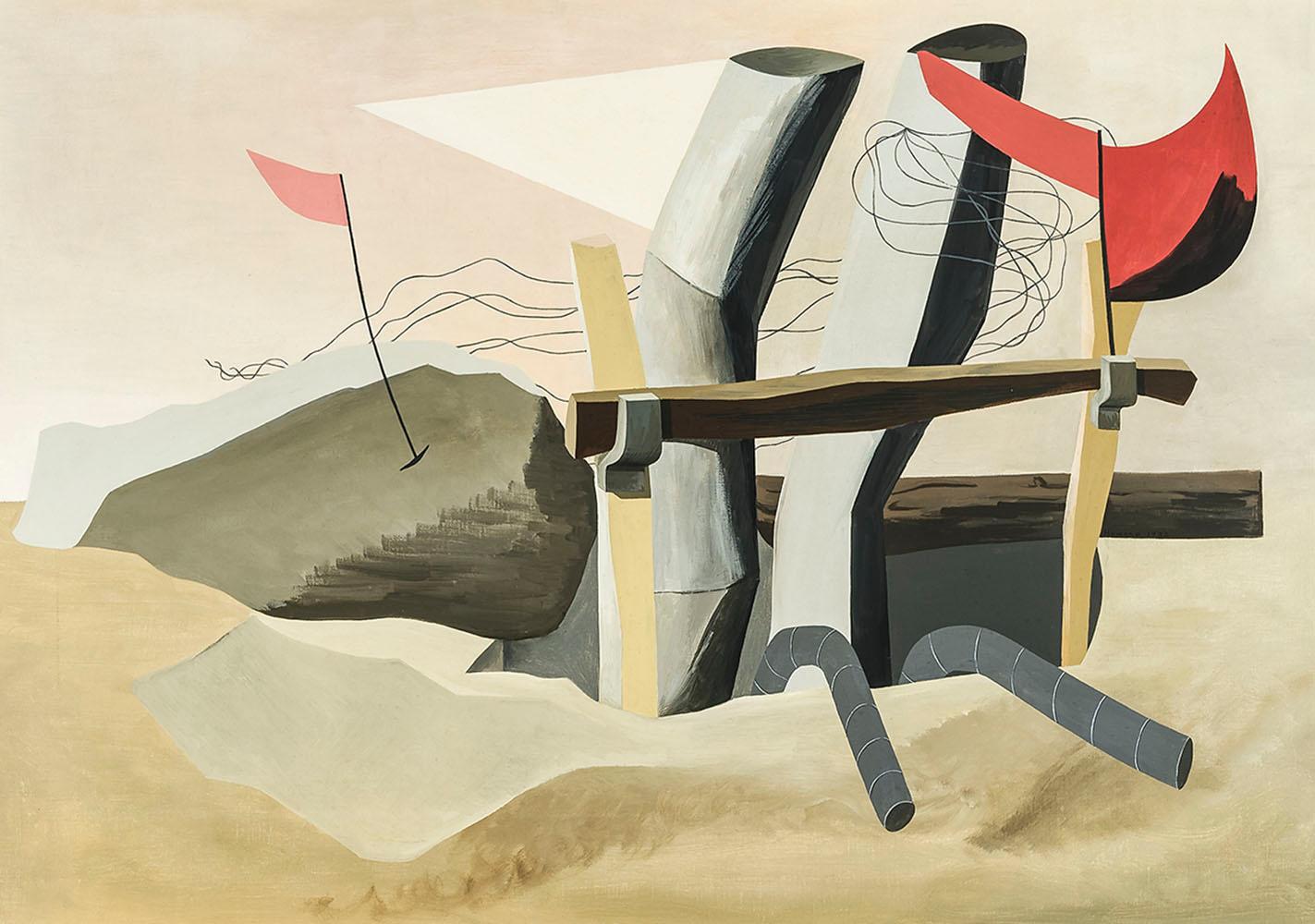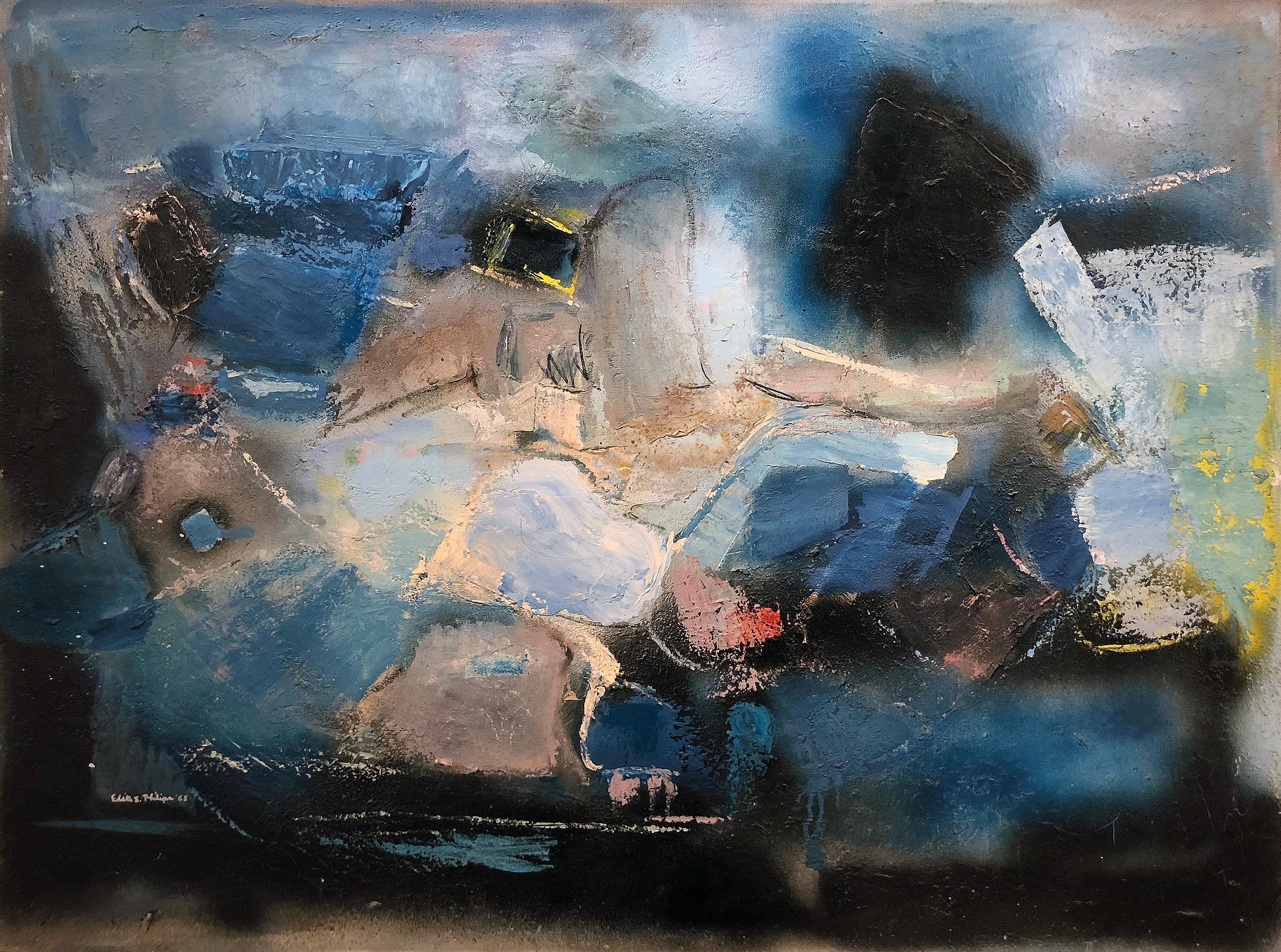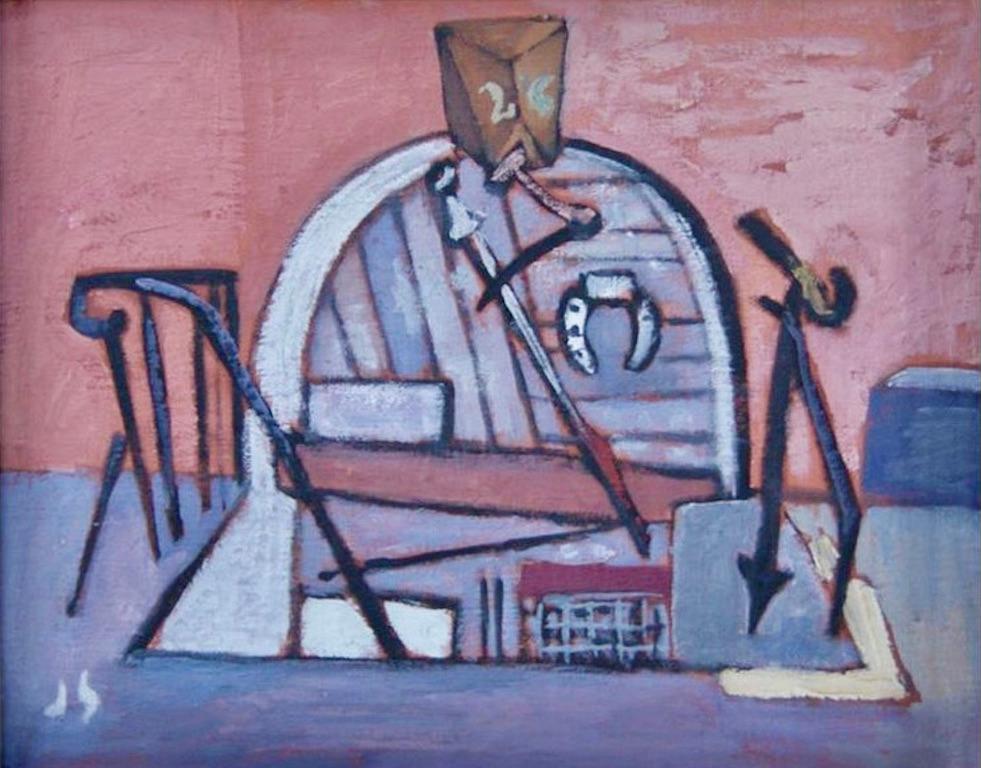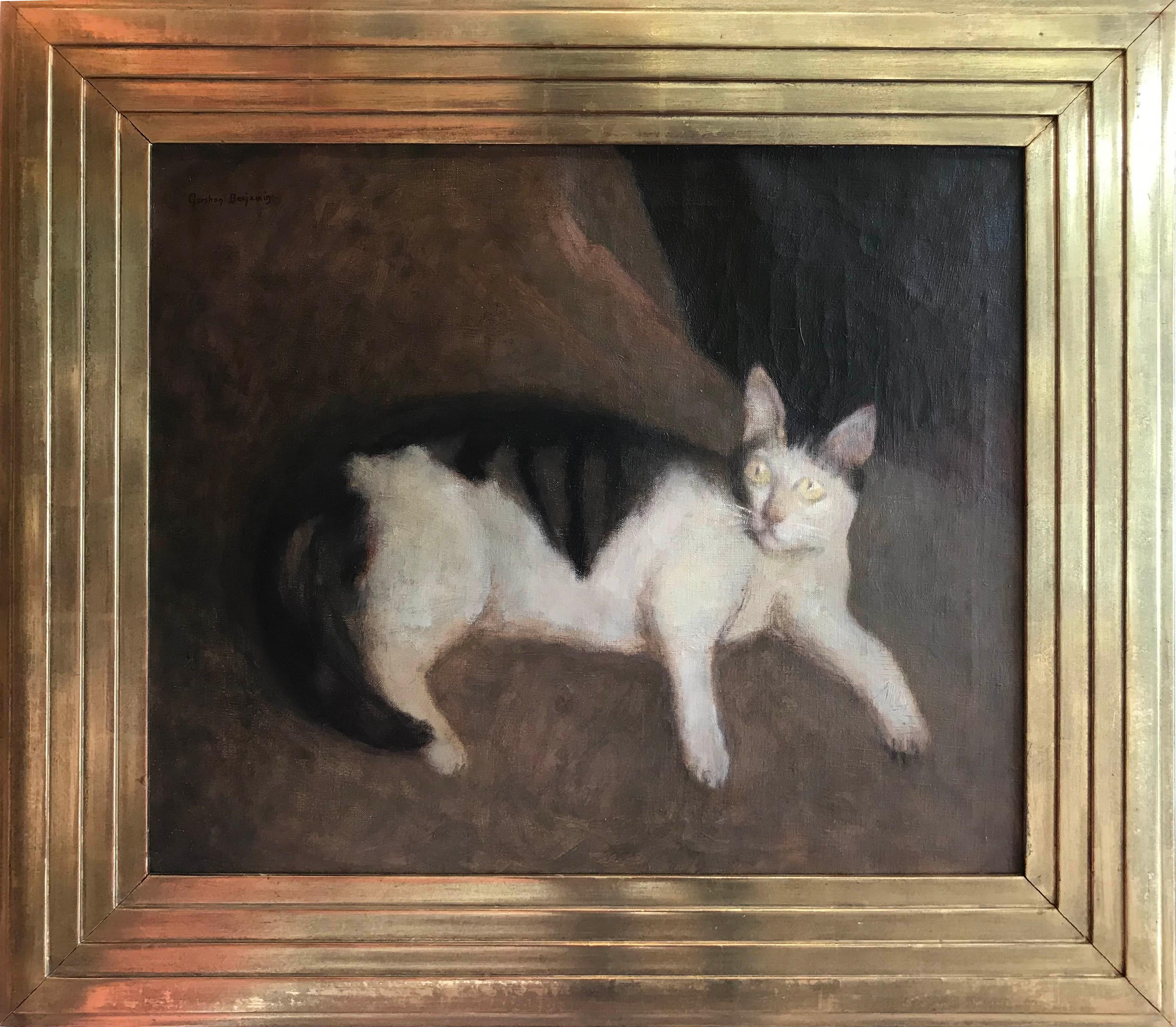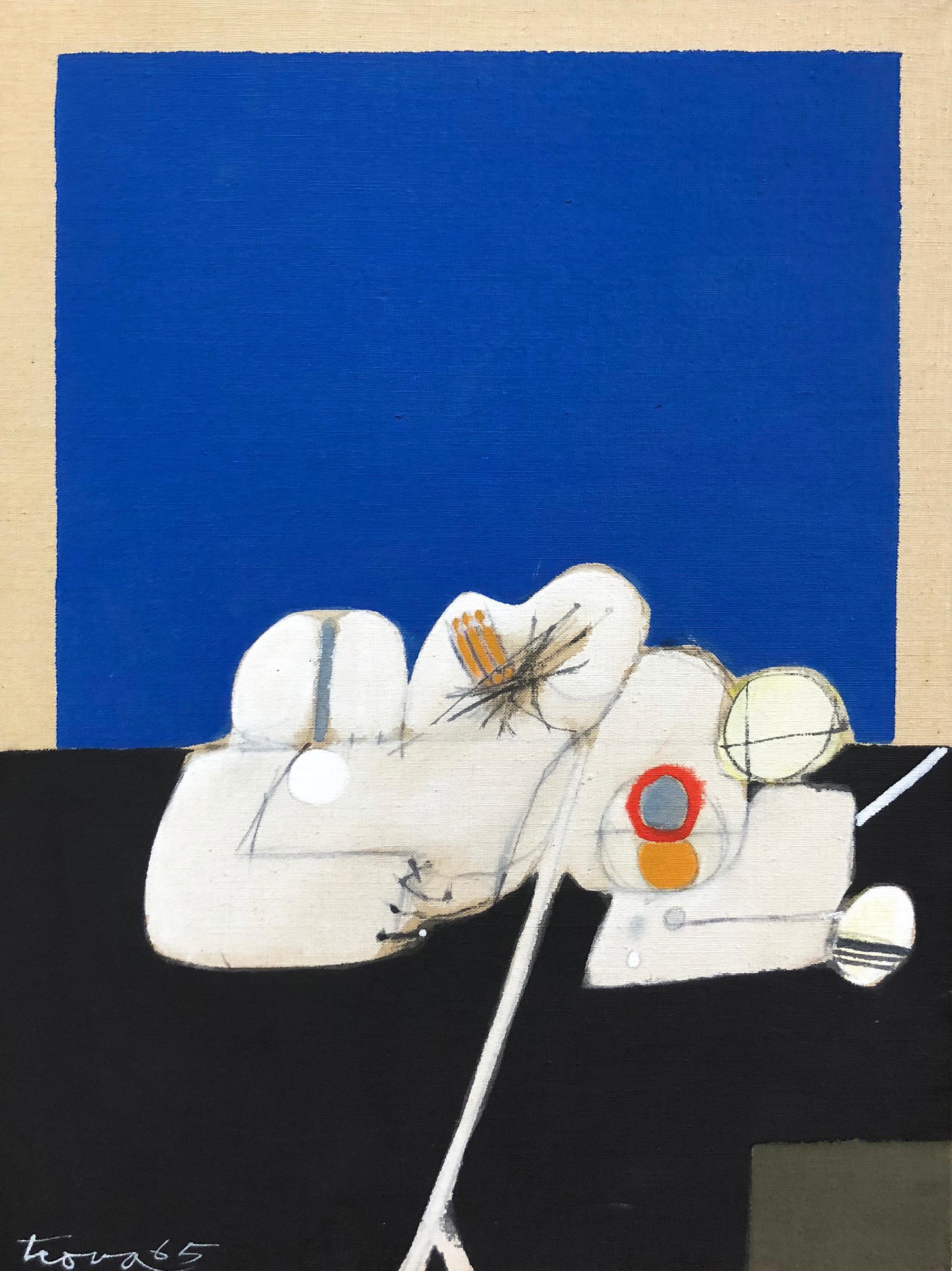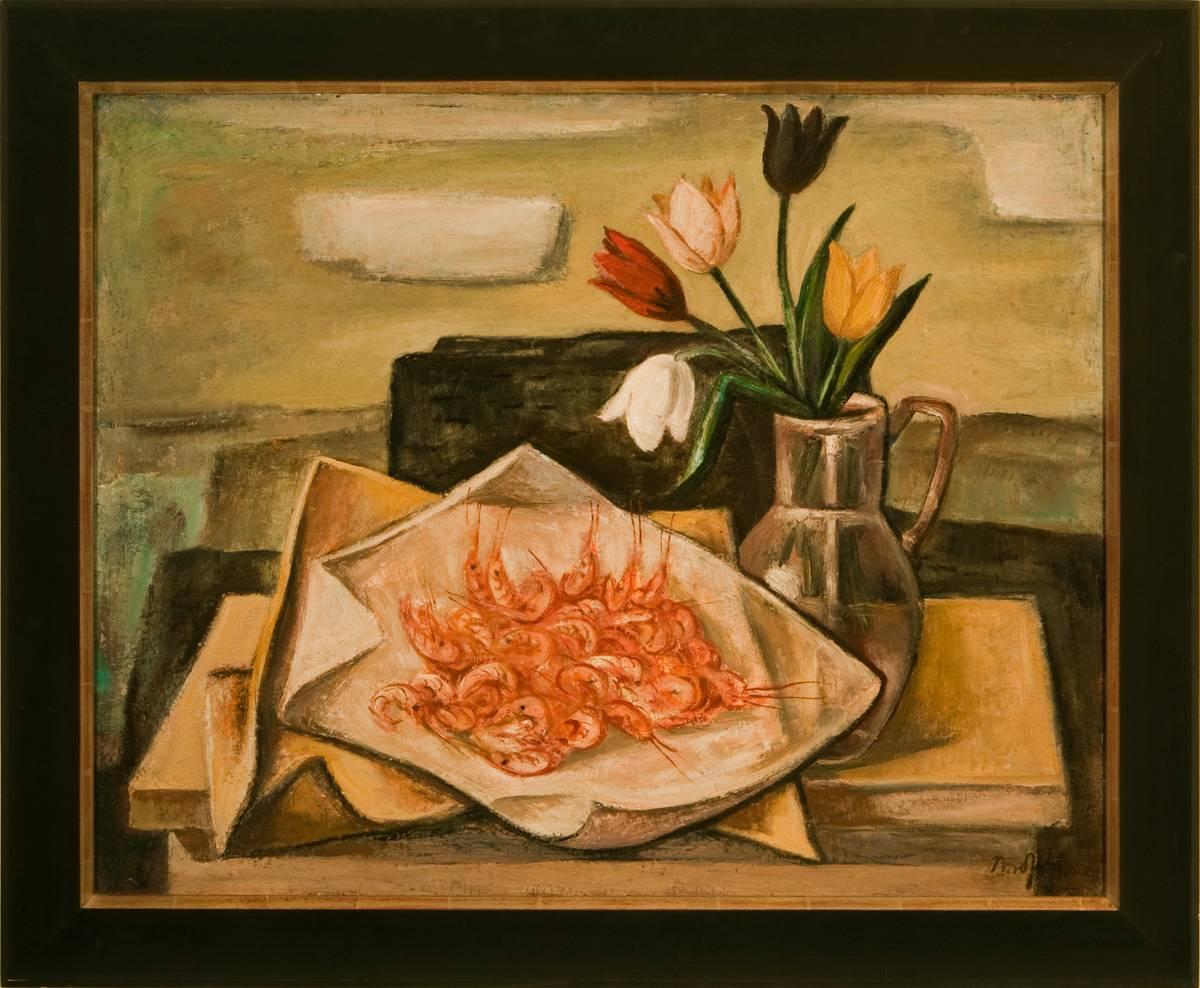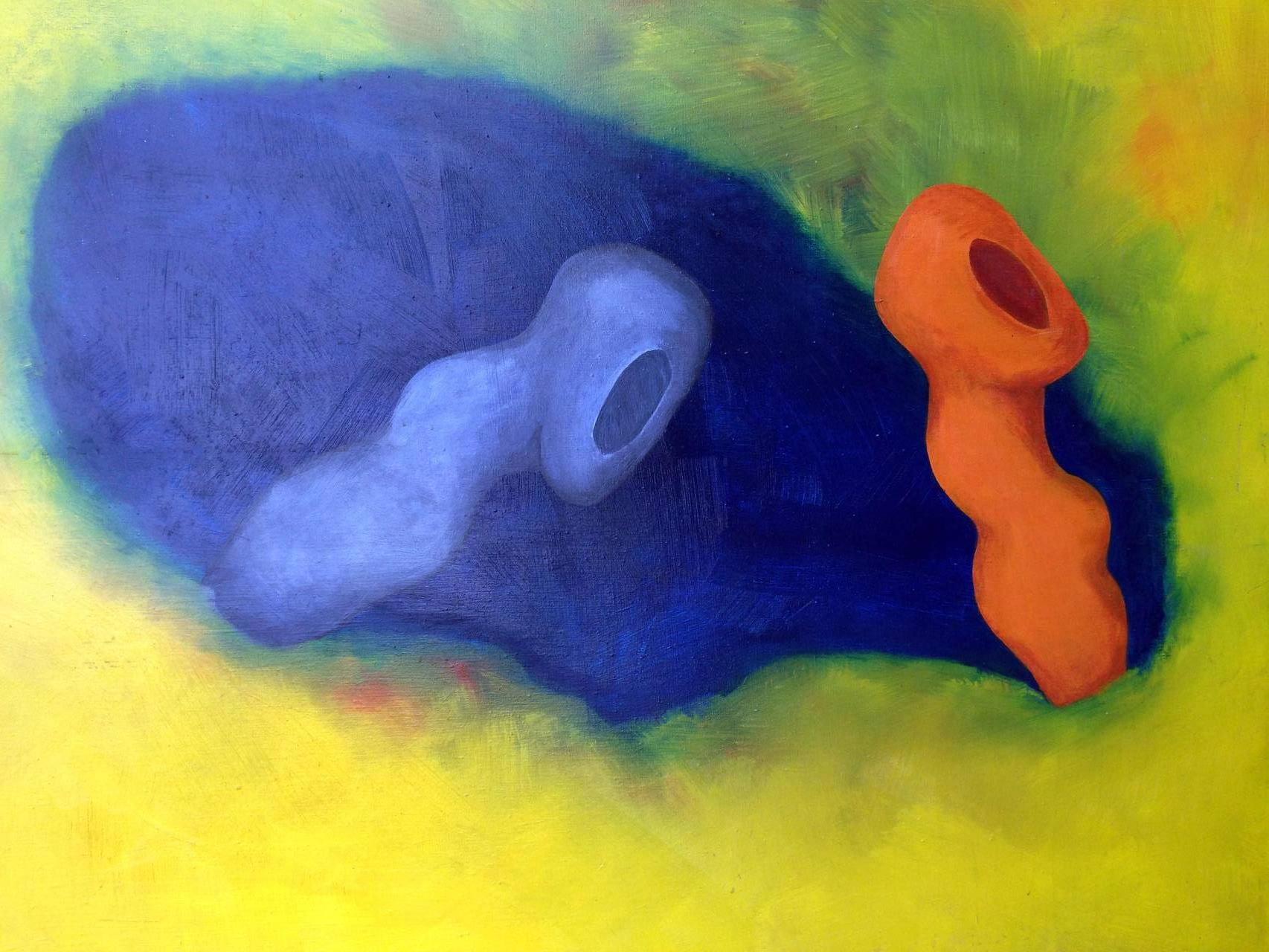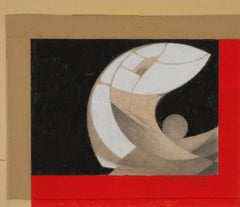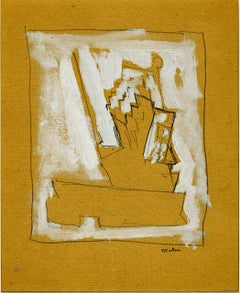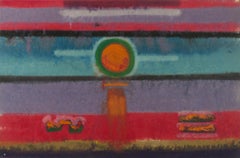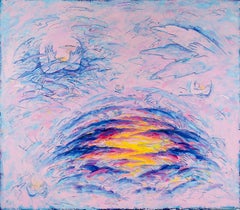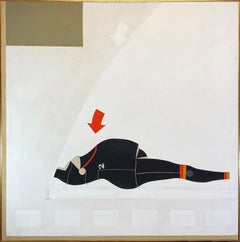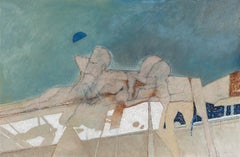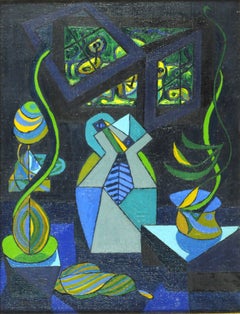
Interieur No. II
View Similar Items
Want more images or videos?
Request additional images or videos from the seller
1 of 15
Benjamin G. BennoInterieur No. II1937
1937
About the Item
- Creator:Benjamin G. Benno (1901-1980, American)
- Creation Year:1937
- Dimensions:Height: 13.75 in (34.93 cm)Width: 10.75 in (27.31 cm)
- Medium:
- Movement & Style:
- Period:
- Condition:Original condition.
- Gallery Location:Fairlawn, OH
- Reference Number:Seller: FA46461stDibs: LU1408632322
About the Seller
5.0
Recognized Seller
These prestigious sellers are industry leaders and represent the highest echelon for item quality and design.
Platinum Seller
Premium sellers with a 4.7+ rating and 24-hour response times
Established in 1978
1stDibs seller since 2013
785 sales on 1stDibs
Associations
International Fine Print Dealers Association
Authenticity Guarantee
In the unlikely event there’s an issue with an item’s authenticity, contact us within 1 year for a full refund. DetailsMoney-Back Guarantee
If your item is not as described, is damaged in transit, or does not arrive, contact us within 7 days for a full refund. Details24-Hour Cancellation
You have a 24-hour grace period in which to reconsider your purchase, with no questions asked.Vetted Professional Sellers
Our world-class sellers must adhere to strict standards for service and quality, maintaining the integrity of our listings.Price-Match Guarantee
If you find that a seller listed the same item for a lower price elsewhere, we’ll match it.Trusted Global Delivery
Our best-in-class carrier network provides specialized shipping options worldwide, including custom delivery.More From This Seller
View AllInterieur No. II
By Benjamin G. Benno
Located in Fairlawn, OH
Interieur No. II
Oil on canvas, 1937
Signed on verso (see photo)
nscribed on reverse:
Benno 1937
"Interieur" (No. II)
35 x 27 cm
9 rue Compagne Premiere
Paris 14e
Provenance: Estate of the artist
Ruth O'Hara, Lang & O'Hara, New York...
Category
1930s American Modern Paintings
Materials
Canvas, Oil
#90 Strange Creature
By Norbert Lenz
Located in Fairlawn, OH
#90 Strange Creature
Oil and pencil on board, 1932
Signed and dated in the image lower right (see photo)
Provenance:
Joseph M. Erdelac, Cleveland, OH
Condition: excellent
Archival framing
Image size: 10 1/2 x 11 3/4 inches
Frame size: 25 x 24 inches
Painter, illustrator and commercial artist Norbert Lenz was born in Norwalk, Ohio and received his artistic training at both the Huntington Polytechnic Institute and the Cleveland School of Art. During his career Lenz exhibited his paintings and drawings at such institutions as the Pennsylvania Academy of Fine Art, the Art Institute of Chicago, the Cleveland Museum of Art and the Butler Institute of American Art. Today the art of Norbert Lenz is held by the Columbus Museum of Art, the Cleveland Museum of Art and the Butler Institute of American Art.
Lenz was also a very highly regarded commercial designer of stamps. He worked for a number
of years at the House of Farman, a leading vendor of first day covers...
Category
1930s American Modern Abstract Paintings
Materials
Oil
Study for Mid-Manhattan II
By John Marin
Located in Fairlawn, OH
Study for Mid-Manhattan II
Oil and graphite on paper, mounted to board, 1932
Signed by the artist in pencil lower right
Sight size: 8 1/2 x 7 inches
One of a series of studies for th...
Category
1930s American Modern Abstract Paintings
Materials
Oil
Arctic Light - Orange Sun
By Karl Zerbe
Located in Fairlawn, OH
Arctic Light-Orange Sun
Unsigned
Gouache on Japanese fibrous paper
Series: Tundra Paintings
Exhibited: Karl Zerbe, Gouaches of the Artic
Nordness Gallery, (Madison Avenue, NY) Feb 3 through Feb 23, 1958
Cat. No. 12 (label with work, see photo...
Category
1950s American Modern Abstract Paintings
Materials
Gouache
Persephone
By Virginia Dehn
Located in Fairlawn, OH
Persephone
Oil on canvas, 1952
Signed lower left (see photo)
Titled reverse "Persephone" Signed "V. 52"
Exhibited: Columbus Gallery of the Arts label "71/30 Bt. 2", see label
Condition: two very small flakes of missing paint
Canvas size: 20 1/8 x 16"
Frame size: 20 7/8 x 16 3/4"
Provenance: Estate of the artist
Dehn Heirs
An important painting by the artist.
Virginia Dehn
From Wikipedia, the free encyclopedia
Virginia Dehn (1922-2005)
Virginia Dehn (née Engleman) (October 26, 1922 – July 28, 2005) was an American painter and printmaker. Her work was known for its interpretation of natural themes in almost abstract forms. She exhibited in shows and galleries throughout the U.S. Her paintings are included in many public collections.
Life
Dehn was born in Nevada, Missouri on October 26, 1922.] Raised in Hamden, Connecticut, she studied at Stephens College in Columbia, Missouri before moving to New York City. She met the artist Adolf Dehn while working at the Art Students League. They married in November 1947. The two artists worked side by side for many years, part of a group of artists who influenced the history of 20th century American art. Their Chelsea brownstone was a place where artists, writers, and intellectuals often gathered.
Early career
Virginia Dehn studied art at Stephens College in Missouri before continuing her art education at the Traphagen School of Design, and, later, the Art Students League, both located in New York City. In the mid-1940s while working at the Associated American Artists gallery, she met lithographer and watercolorist Adolf Dehn. Adolf was older than Virginia, and he already enjoyed a successful career as an artist. The two were married in 1947 in a private ceremony at Virginia's parents house in Wallingford, Connecticut.
Virginia and Adolf Dehn
The Dehns lived in a Chelsea brownstone on West 21st Street where they worked side by side. They often hosted gatherings of other influential artists and intellectuals of the 20th century. Among their closest friends were sculptor Federico Castellón and his wife Hilda; writer Sidney Alexander and his wife Frances; artists Sally and Milton Avery; Ferol and Bill Smith, also an artist; and Lily and Georges Schreiber, an artist and writer. Bob Steed and his wife Gittel, an anthropologist, were also good friends of the Dehns. According to friend Gretchen Marple Pracht, "Virginia was a glamorous and sophisticated hostess who welcomed visitors to their home and always invited a diverse crowd of guests..." Despite their active social life, the two were disciplined artists, working at their easels nearly daily and taking Saturdays to visit galleries and view new work.
The Dehns made annual trips to France to work on lithographs at the Atelier Desjobert in Paris. Virginia used a bamboo pen to draw directly on the stone for her lithographs, which often depicted trees or still lifes. The Dehns' other travels included visits to Key West, Colorado, Mexico, and countries such as Greece, Haiti, Afghanistan, and India.
Dehn's style of art differend greatly from that of her husband, though the two sometimes exhibited together. A friend of the couple remarked, "Adolf paints landscapes; Virginia paints inscapes." Virginia Dehn generally painted an interior vision based on her feelings for a subject, rather than a literal rendition of it.] Many of her paintings consist of several layers, with earlier layers showing through. She found inspiration in the Abstract Expressionism movement that dominated the New York and Paris art scenes in the 1950s. Some of her favorite artists included Adolf Gottileb, Rothko, William Baziotes, Pomodoro, and Antonio Tapies.
Dehn most often worked with bold, vibrant colors in large formats. Her subjects were not literal, but intuitive. She learned new techniques of lithography from her husband Adolf, and did her own prints. Texture was very important to her in her work. Her art was influenced by a variety of sources. In the late 1960s she came across a book that included photographs of organic patterns of life as revealed under a microscope. These images inspired her to change the direction of some of her paintings. Other influences on Dehn's art came from ancient and traditional arts of various cultures throughout the world, including Persian miniatures, illuminated manuscripts, Dutch still life painting, Asian art, ancient Egyptian artifacts...
Category
1950s American Modern Abstract Paintings
Materials
Acrylic
Untitled
By Peter Marks
Located in Fairlawn, OH
Untitled
Acrylic with gold leaf on canvas collage mounted on canvas, c. 2002
Unsigned
Provenance: Estate of the Artist
Condition: Excellent
Imag...
Category
Early 2000s Abstract Abstract Paintings
Materials
Oil
$600 Sale Price
50% Off
You May Also Like
Sunset Grip
By Louisa Chase
Located in New York, NY
Louisa Lizbeth Chase was born in 1951 to Benjamin and Wilda Stengel Chase in Panama City, Panama, where her father, a West Point graduate, was stationed. The family moved to Pennsylv...
Category
20th Century American Modern Abstract Paintings
Materials
Canvas, Wax, Oil
$115,000
Falling Man, Black on White Background
By Ernest Tino Trova
Located in Missouri, MO
Falling Man, Black on White Background by Ernest Tino Trova. 52.5" x 52.5"
Known for his Falling Man series in abstract figural sculpture, he created ...
Category
Late 20th Century American Modern Abstract Paintings
Materials
Canvas, Oil
Price Upon Request
Abstract Horizontal
Located in Missouri, MO
Ken Anderson (20th century) was active/lived in United States. Ken Anderson is known for Abstract hanging sculpture.
*See included images and video
Category
1980s American Modern Abstract Paintings
Materials
Canvas, Wood, Mixed Media, Oil, Handmade Paper
Price Upon Request
Reclining Figures
By Otis Huband
Located in Dallas, TX
Born in 1933, Otis Huband declared his intention to be an artist at age 6. He earned his BFA and MFA at Richmond Professional Institute of the College of William & Mary, now Virginia...
Category
2010s American Modern Abstract Paintings
Materials
Canvas, Oil
Newcomb Macklin antique carved custom gilt mirror/ picture frame
Located in Wilton Manors, FL
Abstract painting, ca. 1970s measures 25 x 30 inches. Oil on canvas, unsigned.
Stunning modernist custom carved picture frame by Newcomb Macklin. ca. 1950 production. Long, elegant...
Category
Mid-20th Century American Modern Abstract Paintings
Materials
Canvas, Wood, Oil
Excavation
By Charles Houghton Howard
Located in New York, NY
Charles Houghton Howard was born in Montclair, New Jersey, the third of five children in a cultured and educated family with roots going back to the Massachusetts Bay colony. His father, John Galen Howard, was an architect who had trained at M.I.T. and the École des Beaux Arts in Paris, and apprenticed in Boston with H. H. Richardson. In New York, the elder Howard worked for McKim, Mead and White before establishing a successful private practice. Mary Robertson Bradbury, Charles’s mother, had studied art before her marriage. John Galen Howard moved his household to California in 1902 to assume the position of supervising architect of the new University of California campus at Berkeley and to serve as Professor of Architecture and the first Dean of the School of Architecture (established in 1903). The four Howard boys grew up to be artists and all married artists, leaving a combined family legacy of art making in the San Francisco Bay area that endures to this day, most notably in design, murals and reliefs at the Coit Tower and in buildings on the Berkeley campus.
Charles Howard graduated from the University of California at Berkeley in 1921 as a journalism major, and pursued graduate studies in English at Harvard and Columbia Universities before embarking on a two-year trip to Europe. Howard went to Europe as a would-be writer. But a near-religious experience, seeing a picture by Giorgione in a remote town outside of Venice, proved a life-altering epiphany. In his own words, “I cut the tour at once and hurried immediately back to Paris, to begin painting. I have been painting whenever I could ever since” (Charles Howard, “What Concerns Me,” Magazine of Art 39, no. 2 [February 1946], p. 63). Giorgione’s achievement, in utilizing a structured and rational visual language of art to convey high emotion on canvas, instantly convinced Howard that painting, and not literature, offered the best vehicle to express what he wanted to say. Howard returned to the United States in 1925, confirmed in his intent to become an artist.
Howard settled in New York and supported himself as a painter in the decorating workshop of Louis Bouché and Rudolph Guertler, where he specialized in mural painting. Devoting spare time to his own work, he lived in Greenwich Village and immersed himself in the downtown avant-garde cultural milieu. The late 1920s and early 1930s were the years of Howard’s art apprenticeship. He never pursued formal art instruction, but his keen eye, depth of feeling, and intense commitment to the process of art making, allowed him to assimilate elements of painting intuitively from the wide variety of art that interested him. He found inspiration in the modernist movements of the day, both for their adherence to abstract formal qualities and for the cosmopolitan, international nature of the movements themselves. Influenced deeply by Surrealism, Howard was part of a group of American and European Surrealists clustered around Julien Levy. Levy opened his eponymously-named gallery in 1931, and rose to fame in January 1932, when he organized and hosted Surrealisme, the first ever exhibition of Surrealism in America, which included one work by Howard. Levy remained the preeminent force in advocating for Surrealism in America until he closed his gallery in 1949. Howard’s association with Levy in the early 1930s confirms the artist’s place among the avant-garde community in New York at that time.
In 1933, Howard left New York for London. It is likely that among the factors that led to the move were Howard’s desire to be a part of an international art community, as well as his marriage to English artist, Madge Knight...
Category
20th Century American Modern Abstract Paintings
Materials
Canvas, Oil
